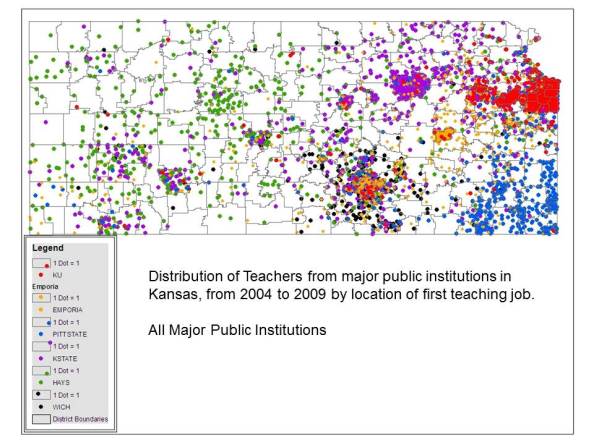I don't know, Barney. Better ask the Sheriff.
This from the Times Ledger by way of KSBA:
School board member questions missing semi-automatic rifles
As the meeting of the Russell County Board of Education concluded mid-day Monday, an issue of missing weaponry was broached by newly elected school board member Gerald Murray.
Murray said that he was aware that the school system has five or six AR-15 semi-automatic rifles and bullet proof vests that are not accounted for.
“I know that at one time we did have them, and if we do still have them, I’d like to know where they’re at,” Murray said.
Superintendent Pickett said that to the best of his knowledge the school system never owned them, that the items belonged to the Sheriff’s Office. He also said his research into the matter did not turn up any records of the school having purchased them.
“I can’t find any documentation,” said Pickett. “I think it was through a grant through the sheriff’s department.”
“I know they’re not in the possession of the school system,” Pickett said.
“I know that too,” said Murray. “That’s why it was brought to my attention.”
“We’ve looked back and I’ve had Ms. Carnes look back; I cannot find anywhere the school board ever purchased weapons,” Pickett said.
Board member Wayne Gosser echoed Pickett’s explanation.
“That was done through a grant that was given to the resource officers through the Sheriff’s Department and that was done, I believe about six or seven years ago,” said Gosser. “And those weapons were purchased by a grant, through a grant. We never purchased weapons, the school system never purchased them, and they were furnished through that grant.”
“As rumors go, I’ve been told where they’re at,” said Murray, who did not elaborate but said it will have to be “verified later on.”
In a later interview with then Sheriff Larry Bennett, he said of the weapons purchase; “It’s my understanding they were bought for the school system, through the Sheriff’s Department, for use by school resource officer’s. It was not the Sheriff’s Office’ money.”


















